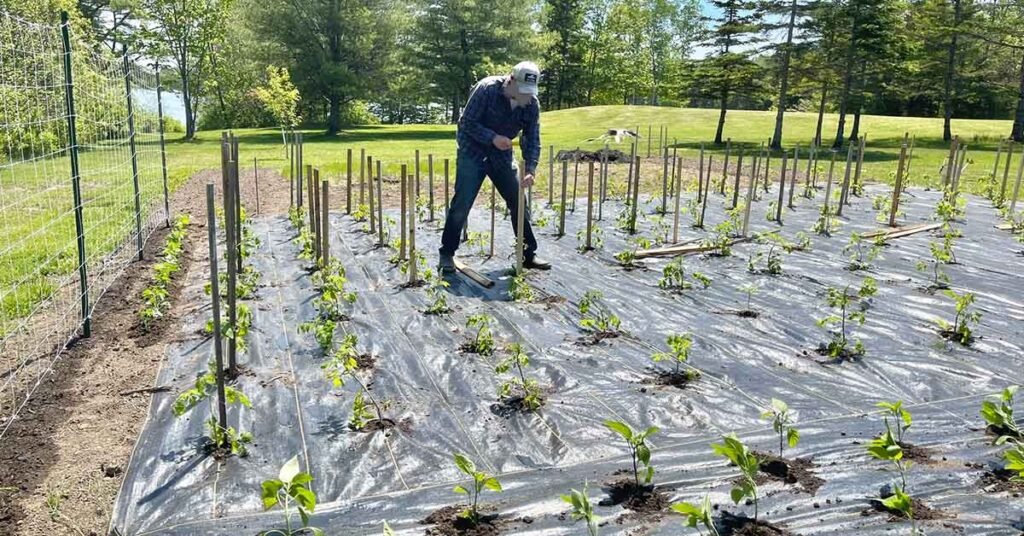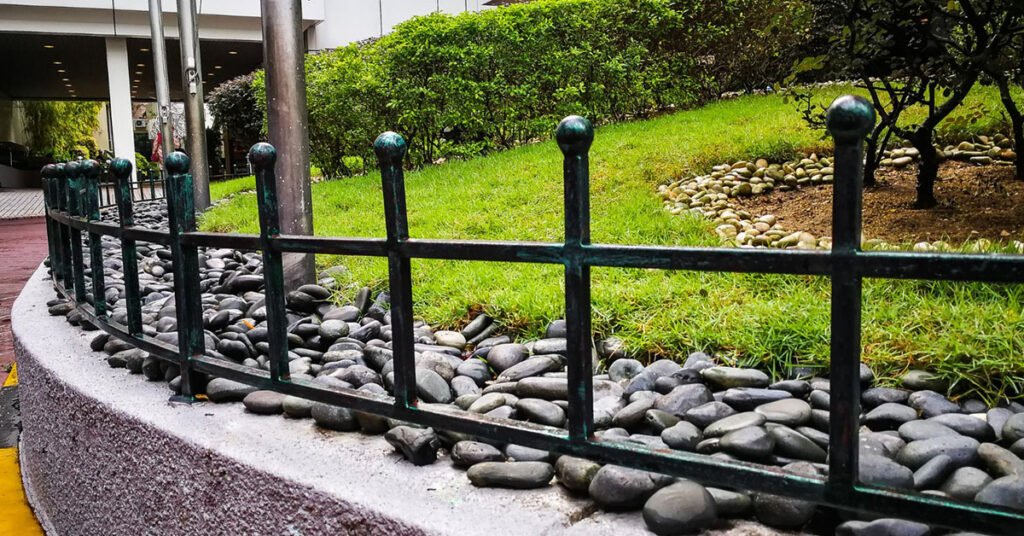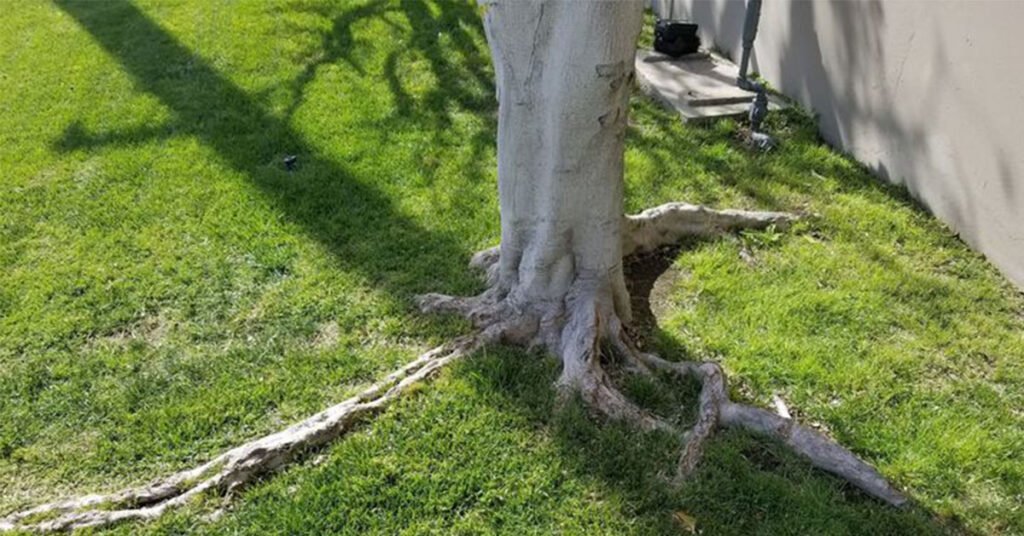Aspiring landscapers often encounter challenges when it comes to maintaining plant health while using landscape fabric. One common concern is how to effectively fertilize plants without disrupting the fabric’s purpose. In this guide, we’ll explore how to fertilize through landscape fabric, ensuring your plants thrive while maintaining the integrity of your landscaping design. Let’s get started.
How to Fertilize Through Landscape Fabric
Fertilizing through landscape fabric is a key skill for landscapers aiming to maintain plant health and aesthetics effectively. Follow these steps to fertilize through landscape fabric without compromising its weed-control benefits:
1. Choose the Right Fertilizer
Select a granular fertilizer with a balanced N-P-K ratio suitable for your plants and local soil conditions. Granular fertilizers are preferred as they can be applied evenly and are less likely to wash away or disperse unevenly when applied on top of landscape fabric.
2. Prepare the Area
Clear any debris, weeds, or mulch from the surface of the landscape fabric to expose the soil beneath. This ensures that the fertilizer can reach the soil and be absorbed by the plants’ roots.
3. Apply the Fertilizer Evenly
Scatter the granular fertilizer evenly over the surface of the landscape fabric. Avoid creating piles of fertilizer in one spot, as this can lead to uneven distribution and potential burning of plants.
4. Water Lightly
After applying the fertilizer, lightly water the area. This helps the granules dissolve and allows the nutrients to seep through the landscape fabric and reach the soil below where the plant roots can access them.
5. Monitor and Adjust
Regularly monitor the health of your plants to ensure they are receiving adequate nutrients. Adjust your fertilization schedule as needed based on plant growth and seasonal changes.
Benefits of Fertilizing Through Landscape Fabric
- Weed Control: Maintains the barrier against weeds while nourishing plants.
- Water Efficiency: Allows water and nutrients to penetrate the soil effectively.
- Low Maintenance: Reduces the need for frequent weeding and watering.
By following these steps, you can effectively fertilize through landscape fabric, supporting plant health and maintaining the integrity of your landscaping design.
Read More: How To Cut Holes In Landscape Fabric
Conclusion
Mastering the art of fertilizing through landscape fabric is essential for aspiring landscapers looking to maintain healthy and thriving gardens. By following these steps and choosing the right fertilizer, you can ensure your plants receive the nutrients they need while maximizing the benefits of landscape fabric. Incorporate these practices into your landscaping routine to achieve professional results and satisfy your clients’ expectations.



